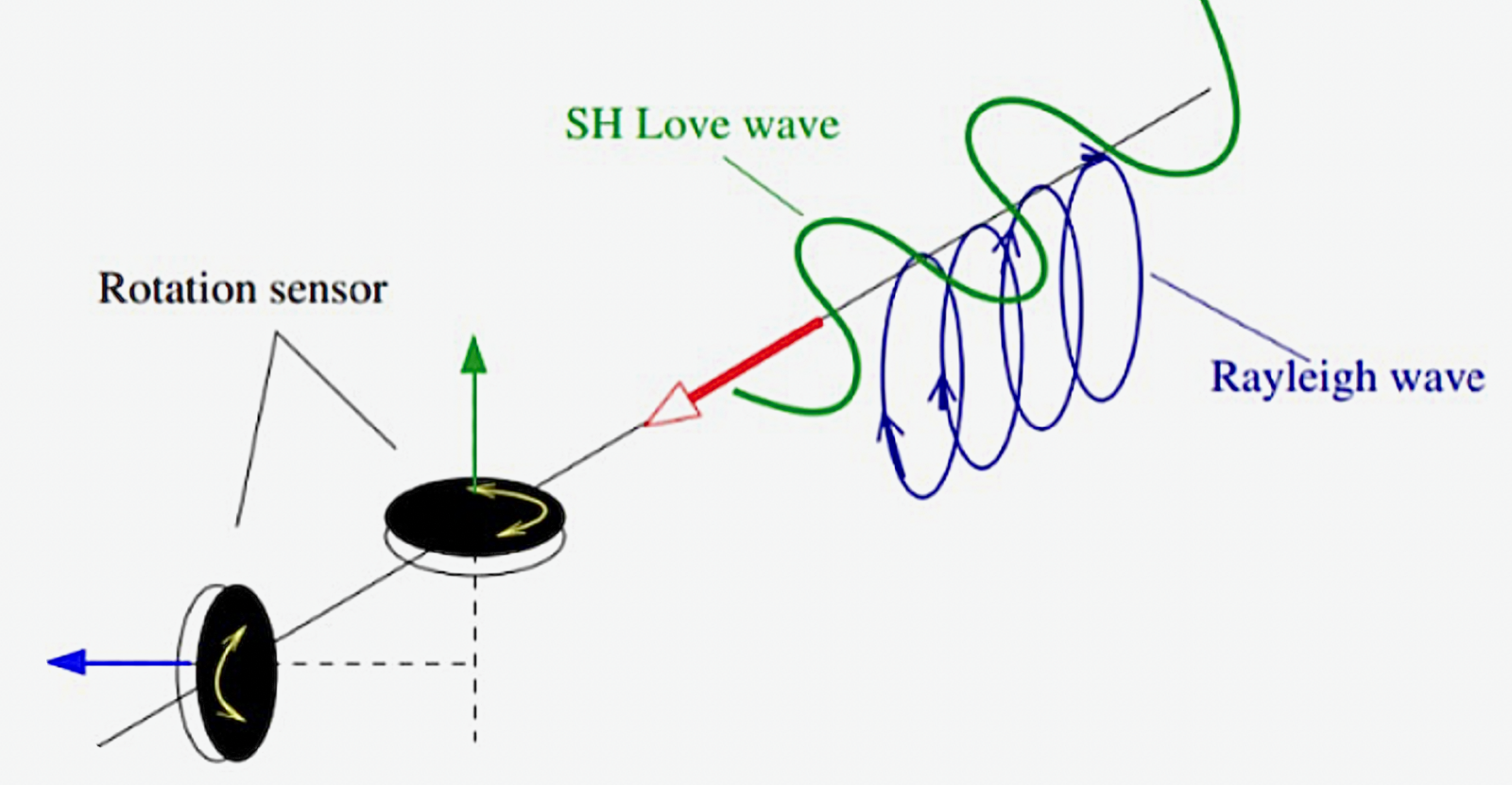
Always wanted to know the basics of rotational seismology? Follow us into this short blogpost written by our ECS team member Andreas Brotzer.
Let’s spin it … or rather rotate it. Most of us enjoy a good spin on a carousel or rollercoaster. Well, we are actually doing this permanently since we live on a rotating planet!
Lucky enough, we don’t feel it very much because the rate of rotation is rather constant. But if one looks closely, there are variations indeed. And variations in the rotation rate of the Earth are equivalent to changes in the length of the day. This is actually rather a geodetic than seismological topic, but it is why large-scale ring laser gyroscopes come into play. These optical, high-sensitive instruments are capable of observing the change in length of day while sitting on Earth. Apart from that, they are also sensing local ground rotations.
And NOW it’s becoming interesting for a rotational seismologist! Seismology is based on elastic wave theory, which not only predicts translational motions, but also the gradient of the wavefield consisting of rotations and strain. So, whenever there are seismic waves arriving wherever you are the ground not only moves sideways or up-/downwards, but also rotates, or rather tilts, dynamically. These movements are very small and hard to observe, which is why they were neglected for a long time. With new technology evolving, such as large ring laser gyroscopes, we are now able to observe these motions and use the additional information. Combining a classic seismometer and a rotational sensor provides observations of 6 degrees-of-freedom as a point measurement. As a result, we can for instance estimate the backazimuth of plane waves, hence the direction they are coming from. One also obtains information about the local phase velocities in the subsurface or can separate the different seismic polarizations (e.g. Love and Rayleigh waves) due to the specific translation-rotational motions they cause. Rotational seismology is a rather new field of research, but it will definitely provide more seismological insights in the future.
- For more information on the rotational seismology community check out: https://www.rotational-seismology.org/
- For event data, visit: https://rotations-database.geophysik.uni-muenchen.de/
Check out these figures for a visual description of the concepts of rotational seismology:

Figure 1: Left side – Schematics of the large-scale ring laser gyroscopes of ROMY (= ROtational Motions in seismologY) (Hand, 2017, Science). Right side – Three axes for translational u and rotational w ground motions.

Figure 2: Polarization analysis using a 6 degree-of-freedom station with rotational and translational recordings to separate e.g. Love and Rayleigh waves.

Figure 2: Transverse acceleration and vertical rotation rate record of the Tohoku-Oki earthquake in Japan in 2011.
Merry Christmas!
This post was part of the seismology ECS advent calendar 2023. Do you want to see more content from the advent calendar? Check out our Instagram @EGU_seismo

Eileen Martin
Thanks for this blog post! I’m using it as an extra resource for my students taking mathematical geophysics as we cover some vector calculus concepts.